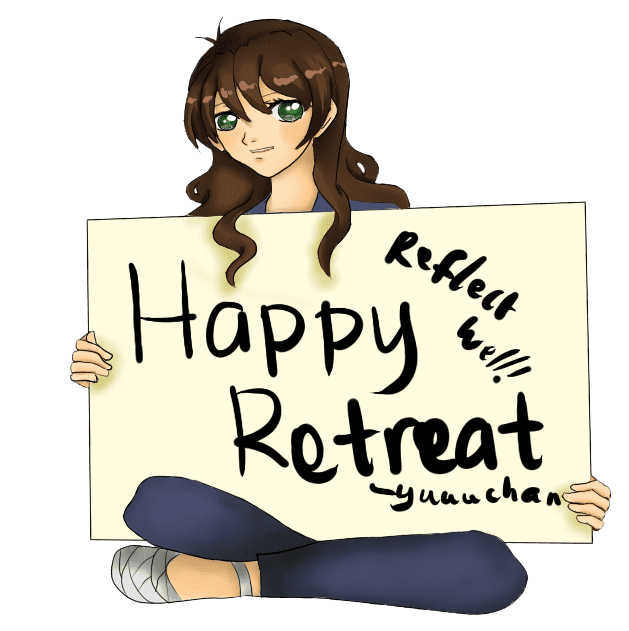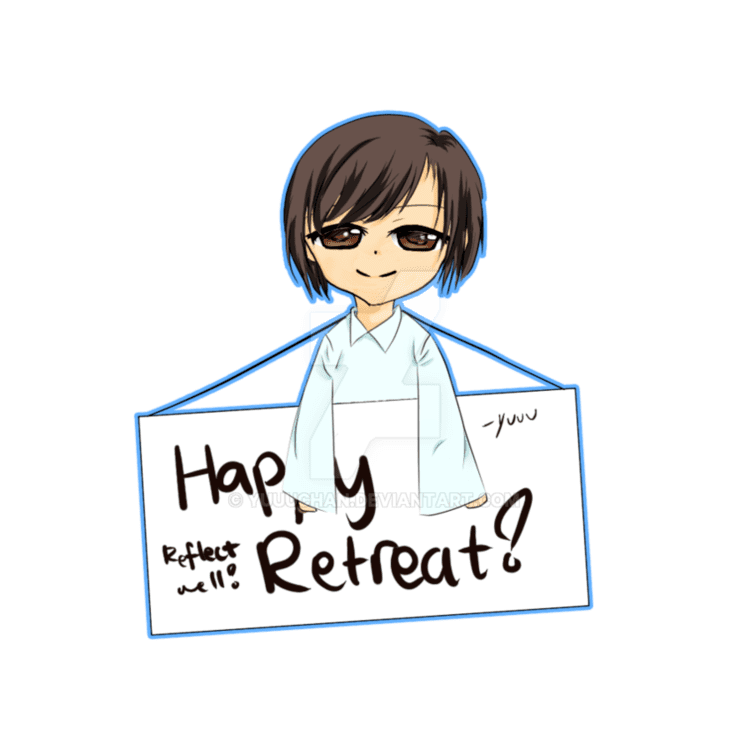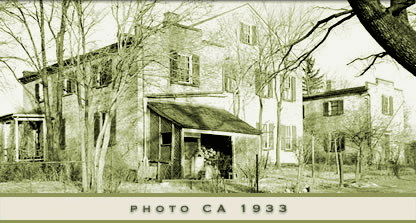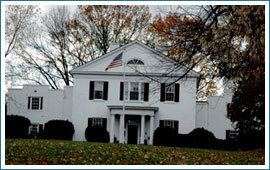Built 1780 Opened 1780 Added to NRHP 2 July 1973 | NRHP Reference # 73001912 Area 2,000 m² | |
 | ||
Architectural style Early Republic, Classical Revival Similar Harewood, Cedar Lawn, Claymont Court, Beall‑Air, Richwood Hall | ||
Historic happy retreat c 1780
Happy Retreat (also known as Charles Washington House and Mordington) is a historic property in Charles Town, West Virginia, which was originally owned and developed by Charles Washington, the youngest brother of George Washington and the founder of Charles Town.
Contents

History

Charles inherited land in the Shenandoah Valley upon the death of his older brother Lawrence in 1752. Charles was 14 years of age at the time, and living at Ferry Farm, near Fredericksburg, Virginia. In 1780, Charles and his wife Mildred moved to his land from Fredericksburg. By that time, he had constructed two one-story structures on the property, separated by a breezeway or portico, and had named the property "Happy Retreat." In October 1786, by act of the Virginia General Assembly, Charles Town was established on 80 acres (320,000 m2) of Charles's land adjacent to Happy Retreat, and Charles played an important role in planning the streets and construction activities of the new town.

Although Happy Retreat is usually considered to have been established in 1780, there is reason to believe that Charles's land may have been farmed as early as 1768. This date appears on the cornerstone of the old kitchen at Happy Retreat, but has never been fully authenticated. The structure of, and materials used in, the kitchen and old brick smoke-house would indicate them to be pre-Revolutionary, and a clay-chinked limestone quarters which stood until recent years behind the kitchen and smoke-house possibly predated the kitchen. An octagonal wooden powder-house similar to the one at Mount Vernon exists today and is supposed to have held powder stores during the Revolution. Later it was used as a school house for Charles and Mildred’s children.

On his visits from his home in Fredericksburg to his property prior to 1780, Charles Washington is said to have lived in a small house, since disintegrated, on Evitts Run, a small stream that flows along the base of the hill at Happy Retreat. From this temporary dwelling he could well have directed the work of brick-making for the residence he had planned, as there are claybeds along the Run. Stone and timber cutting could also have been supervised nearby, as the surrounding meadows are laced with limestone outcroppings, and the property included ample woodland.

General George Washington visited his brother at Happy Retreat several times. On June 1, 1788, while he was interested in the building of a canal up the Potomac River, he inspected the work at Great Falls and Seneca Falls, dined at Leesburg, proceeded the following day to what is now Harper's Ferry, and on the 3rd arrived at Happy Retreat, where he dined and spent the night. Other visits to Charles are recorded in the General's diaries for this period.

During the few months before his death in April, 1799, Charles transferred all his property to his son Samuel Washington and his heirs, which explains why there remained no property to be transferred in Charles' will. On February 23, 1800, Samuel Washington sold Happy Retreat, including the mansion and 100 acres (0.40 km2) of land, to Thomas Hammond. The property stayed in the Hammond family until 1837 when George Washington Hammond sold it to the Hon. Isaac R. Douglass, a circuit court judge and real estate investor. After his purchase of Happy Retreat, Judge Douglass completed the plans for the central section of the house and built a three story brick structure, connecting the two old Washington wings. He renamed the completed mansion "Mordington," after his ancestral estate in Scotland. The house passed through the hands of a number of different owners, reverting to its original name of Happy Retreat, before its purchase by Mr. and Mrs. William Gavin in the 1960s.
A recent historical engineering analysis of Happy Retreat indicates that the home’s development proceeded in three phases. Phase 1 construction consisted of the old stone kitchen and a portion of the west wing. Phase 2 consisted of the brick portion of the kitchen and the one-story east wing. Phase 3, which was undertaken in 1837 after the purchase of Happy Retreat by Judge Douglass, resulted in the addition of the 2nd stories to the two wings and completion of a large 2½ story central portion connecting the two wings.
Mr. and Mrs. William Gavin, the current owners of Happy Retreat, have decided to sell the historic estate, which consists of 12 acres (49,000 m2), the large manor house, a colonial-era stone and brick kitchen/storehouse, and the old school house. Being within the Charles Town city limits, the property is ripe for development, although the Gavins would prefer that the property be preserved in its entirety for the enjoyment of future generations. Recognizing the threat to this historic property, a group of preservation-minded individuals has formed the Friends of Happy Retreat, Inc. (FOHR), a non-profit corporation dedicated to acquiring, preserving, and utilizing the property for public benefit.
In September 2014, the city of Charles Town began working toward purchasing the house to include it in its parks system.
